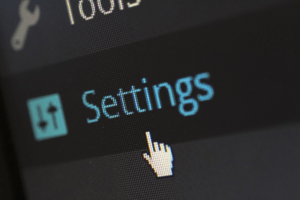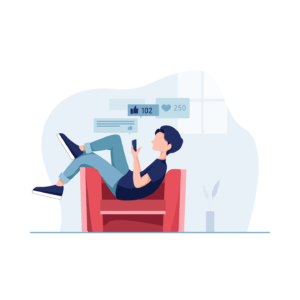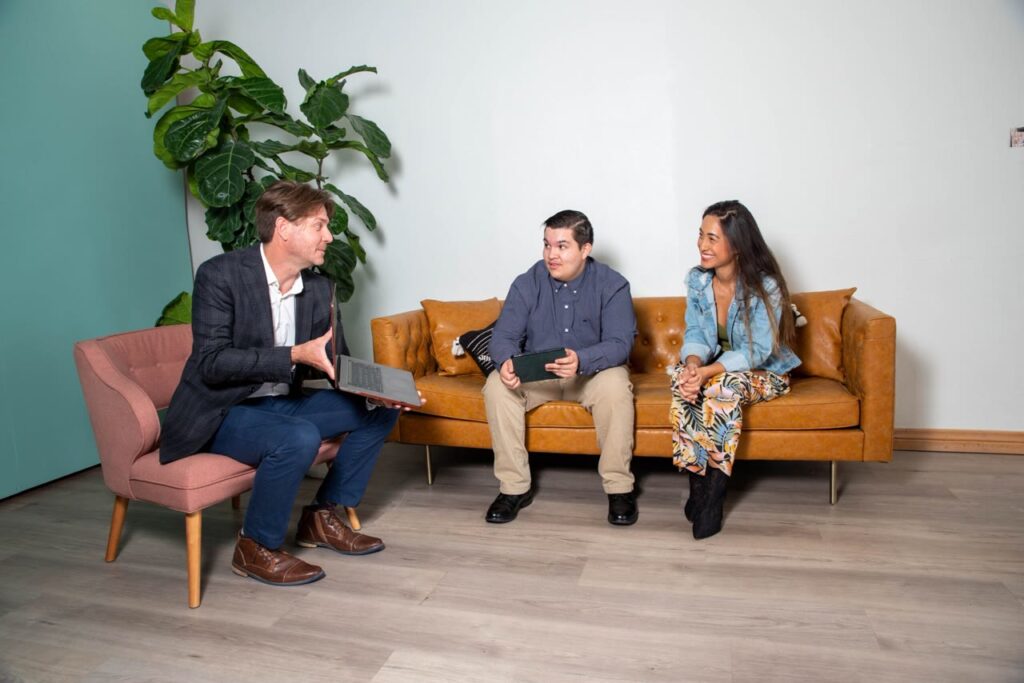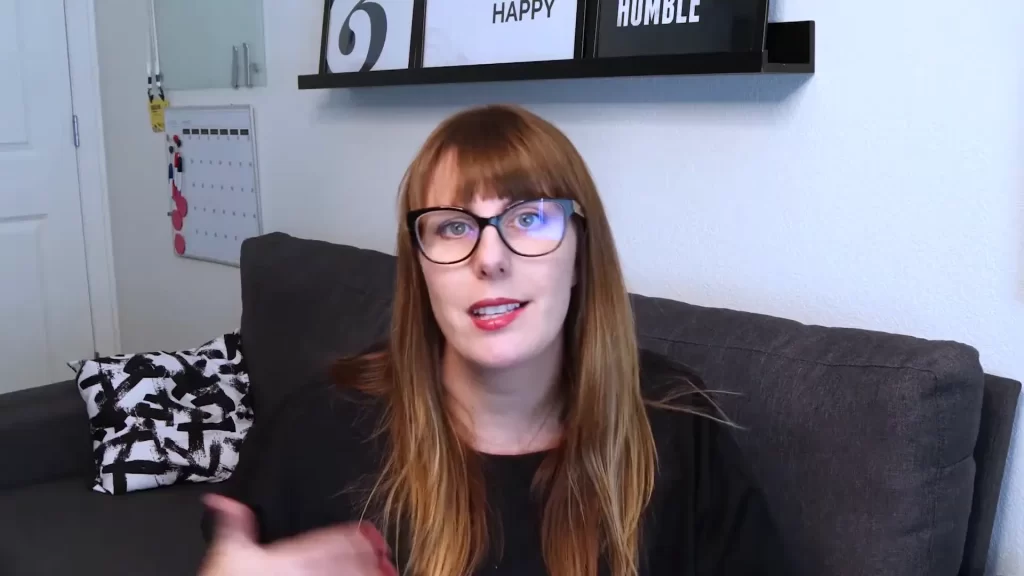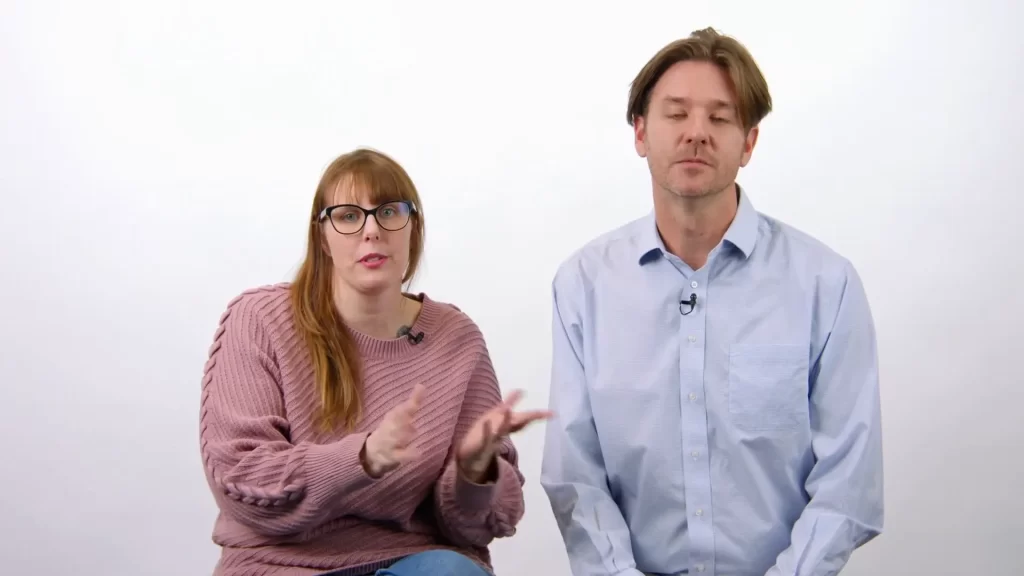Why Your WordPress Site Isn’t loading properly and how to fix common wordPress errors
Why Your WordPress Site Isn’t Loading Properly: Tackling Common WordPress Errors
Every WordPress website owner, at some point, grapples with a page loading problem. If your WordPress website won’t load properly check out this guide.
Navigating these turbulent waters can seem daunting, but with our guide on how to fix common WordPress website builder errors, you’ll be back on track in no time.
What’s Causing The Issue? Unpacking WordPress Page Loading Problems.
What we cover:
- Permalink settings
- Outdated themes
- Outdated plugins
- Outdated WordPress version
- Outdated elements
- Broken code
- PHP memory limit
- Memory exhaustion error
- Maximum execution time
- Error process
- Database error from wp-config.php file
- Internal server error message from .htaccess file
- WordPress hosting problems
Possible reasons for encountering website not loading issues
Encountering website not loading issues can be attributed to a myriad of reasons, ranging from server downtimes at the hosting company to plugin conflicts within a WordPress site. Incorrect configurations in files such as .htaccess, wp config php files, or an renamed old file can lead to pages not loading properly.
It’s essential to diagnose the actual issue systematically to ensure a smooth user experience on your WordPress website. This guide will help you narrow down the actual reason your WordPress website is having errors.
Back up your WordPress site
Backing up your WordPress website is a crucial step every site owner should routinely undertake. A good rule of thumb is to set your site to automatically backup weekly.
Ensuring you have a recent backup helps protect your website from your content, themes, and plugins having unexpected issues or loading problems.
There are several methods to create backups, but one of the most effective and user-friendly ways is by using plugins. All-In-One-WP-Migration is a popular choice that aids in both exporting and importing your entire WordPress site, making the loading process seamless.
Another highly recommended plugin is UpDraft Plus. Not only does it allow for comprehensive backups of your WordPress files, themes folder, plugins, and database, but it also provides options to schedule regular backups and store them on cloud services.
You can access these plugins through your wp admin dashboard. Always remember, in the world of content management systems and website builders, it’s better to be safe than sorry.
Configure the right permalink settings
A WordPress site leans heavily on permalink settings to craft URLs for web pages. Misconfigurations here can prevent your site from loading correctly.
Fix: Head over to your WordPress dashboard, then go to Settings > Permalinks. Hit ‘Save Changes’ to refresh your settings, resolving many fatal error issues.
Deactivate the active theme to avoid theme conflicts
Theme Conflicts: Low-quality themes or those not up-to-date can clash with the latest WP version, affecting the page load.
Fix: Temporarily switch to the default WordPress theme. If the site loads perfectly, your active theme might be where the actual issue exists. This should help your WordPress website work properly.
Deactivate plugins to check for outdated plugins
Plugin Incompatibility: Outdated or conflicting plugins can hamper your WordPress site from loading properly.
Quick Test: Access the plugins folder through the cpanel file manager. Temporarily rename the folder, deactivating all the plugins. If issues resolve, a plugin is the culprit.
Detailed Diagnosis:
1. Activate each plugin one by one.
2. After each activation, check the WordPress page for loading issues.
3. Identify the plugin causing the loading issue and either update or replace it.
Fix the outdated WordPress version
Keeping your WordPress website up to date ensures that you have the latest security patches and functionality.
Fix: Update your site to the latest version of WordPress through the WordPress dashboard or via the help of your hosting providers.
Outdated Elements
Whether it’s outdated themes, outdated plugins, or an outdated WP version, keeping everything current is pivotal.
Fix: Regularly update themes, plugins, and the WordPress version to ensure compatibility and performance. You can find these in the WordPress dashboard.
Fix broken code
Encountering broken code on a WordPress website can be a nightmare. Whether it’s the dreaded “white screen of death” which looks like a blank screen stemming from broken shortcodes or the ramifications of incomplete WordPress updates, such issues can derail your WordPress site. Broken shortcode sometimes happens if a web developer had to stop editing something on a site and didn’t get a chance to update the shortcode.
Fix: For broken shortcode, it’s essential to first identify the problematic shortcode, often by revisiting recent edits or through tools that highlight syntax errors.
The inspect tool on Google Chrome is a great tool to identify syntax errors. Once identified, you can either modify the shortcode to its correct form or replace it with a functional equivalent.
Similarly, plugin conflicts are a common challenge. As plugins are developed by different authors, overlapping functions or scripts can interfere with one another, leading to a loading issue or worse.
Theme conflicts arise in a similar vein; an outdated or poorly coded theme can be incompatible with the latest version of WordPress or certain plugins, leading to unexpected errors.
Fix: Resolving plugin conflicts typically involves deactivating all plugins via the WordPress dashboard or the plugins folder. Afterward, reactivate each plugin one by one, checking the WordPress page for loading issues after each.
This step-by-step process can help pinpoint the conflicting plugin, allowing you to either update it or find an alternative.
Additionally, incomplete WordPress updates can leave a site with partial files in the file manager or mismatched versions, creating a perfect storm for broken code scenarios.
For anyone managing a WordPress website, understanding these potential pitfalls is key to maintaining a smooth and efficient content management system.
Fix: Navigate to the WordPress dashboard. Often, if an update didn’t complete, WordPress will notify you and might offer a chance to reinstall the update directly from the dashboard.
Also, visit your WordPress plugins and themes sections to ensure each is compatible with the latest version of WordPress. Sometimes, an outdated version of plugins or themes can interfere with the update process.
Update the PHP memory limit
Memory Limit Reached: WordPress sites often face a loading issue when the PHP memory limit is exhausted.
Fix: Increase the memory limit. The default php memory on WordPress is 32M. Edit the wp config.php file and edit the line: `define(‘WP_MEMORY_LIMIT’, ‘256M’);`
Alternatively, edit the MultiPHP INI Editor in cPanel. If needed, reach out to your hosting company for assistance.
Fix the memory exhaustion error
Memory Limitations: A frequently encountered hitch is the memory limit exhaustion error.
Diagnosis: Check for an error message indicating memory exhaustion.
Solution: Contact your hosting provider for a possible upgrade or solution.
Fix the database connection error from wp-config.php file
Database and Server Issues: Whether it’s the infamous database error, internal server error, or issues with the .htaccess file, these can be significant roadblocks.
Fix: Ensure the wp-config.php file has the correct database connection details. Make note of the database name within the wp-config.php just in case you need it for later.
Also, consider renaming and regenerating the .htaccess file from the WordPress admin dashboard.
Solve internal server error from .htaccess file
Corrupted .htaccess: Many WordPress website owners face this due to a faulty .htaccess file.
Fix: Access your server via FTP. Rename the .htaccess file and check your site. If it works, go to Settings > Permalinks in your WordPress admin dashboard and click ‘Save Changes’ to generate a new .htaccess file.
Fix WordPress syntax error from function.php File
Syntax Issues: A mere wordpress syntax error or a parse error can break your entire website. Especially if they exist in the wp config.php file or functions.php.
Detecting Errors: Use line detection tools to identify broken codes or any syntax error.
Fix: Rectify the errors using a code snippet or through the cpanel file manager.
Set a longer limit for the maximum execution time
Execution time is how long a script is allowed to run. A low maximum execution time might lead to loading errors. The default maximum execution time on WordPress is 30-seconds.
Fix: Increase the time limit in the wp config.php file by adding: `set_time_limit(300);` You can find this in your cPanel file manager root directory.
Error Process
The error log within a WordPress website often arises due to various reasons, including plugin conflicts, outdated themes, or misconfigurations in core files.
The errors interface in cPanel showcases the 300 latest error log entries. These errors have the potential to impact your website’s performance. Therefore, this interface is a valuable tool for identifying and resolving issues like broken links and improperly set up web applications.
Fix: It’s important to systematically diagnose these errors by checking error logs, deactivating recent plugins, or reverting recent changes. Addressing the root cause, whether it’s updating a plugin or correcting a faulty code snippet, will ensure the smooth functioning of the website.
Contact Your hosting provider
WordPress Hosting Quandaries: Sometimes, the root of the problem lies not within WordPress but the hosting server.
This can be due to hosting server downtimes, issues with the WP repository requirements, or even temporary files causing hiccups.
Possible Problems:
- Database connection error due to server-side issues.
- Web host might have temporary files or hidden files causing conflicts.
- Incompatibility with WordPress repository requirements.
Solution: Talk to your hosting company. They usually have the answers to the actual issues plaguing your WordPress website.
Need website support?
While issues getting a WordPress website loaded properly can stem from various sources, it’s often solvable with the right diagnosis and steps.
Always ensure regular backups of your content management system, update plugins, themes, and core files within the wp content folder. Remember, prevention is often simpler than cure. This guide covered the major reasons and their solutions.
If you find the issue persists, consider seeking expert help or diving deeper into the WordPress user community forums for a few more things and nuanced solutions.
Need a professional services in web development? You can reach us at 719-377-2120 or [email protected].



